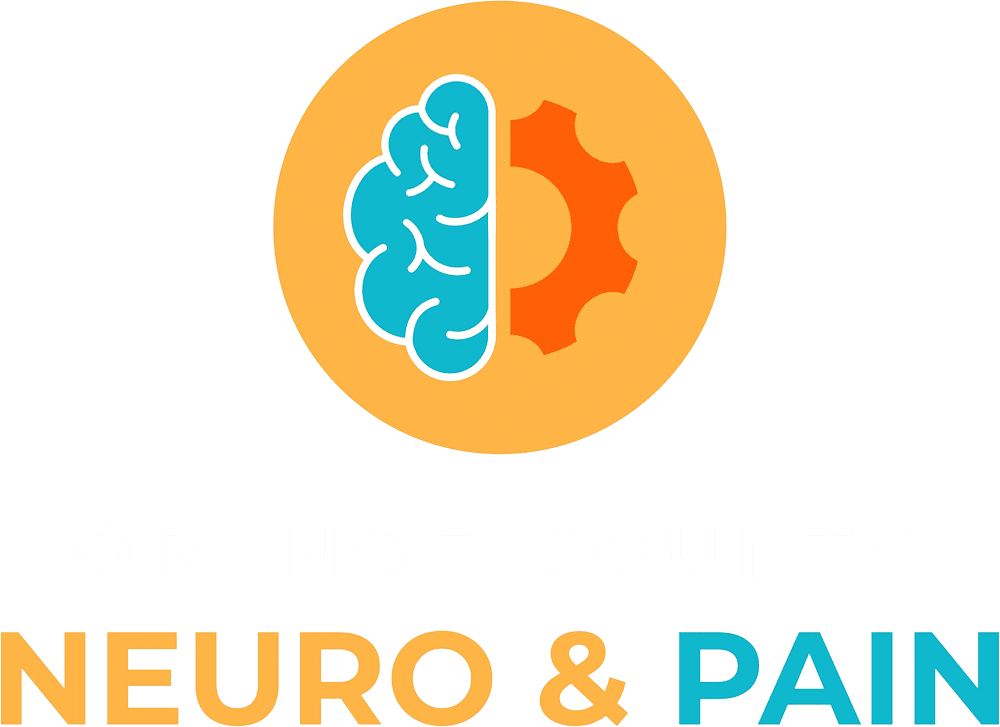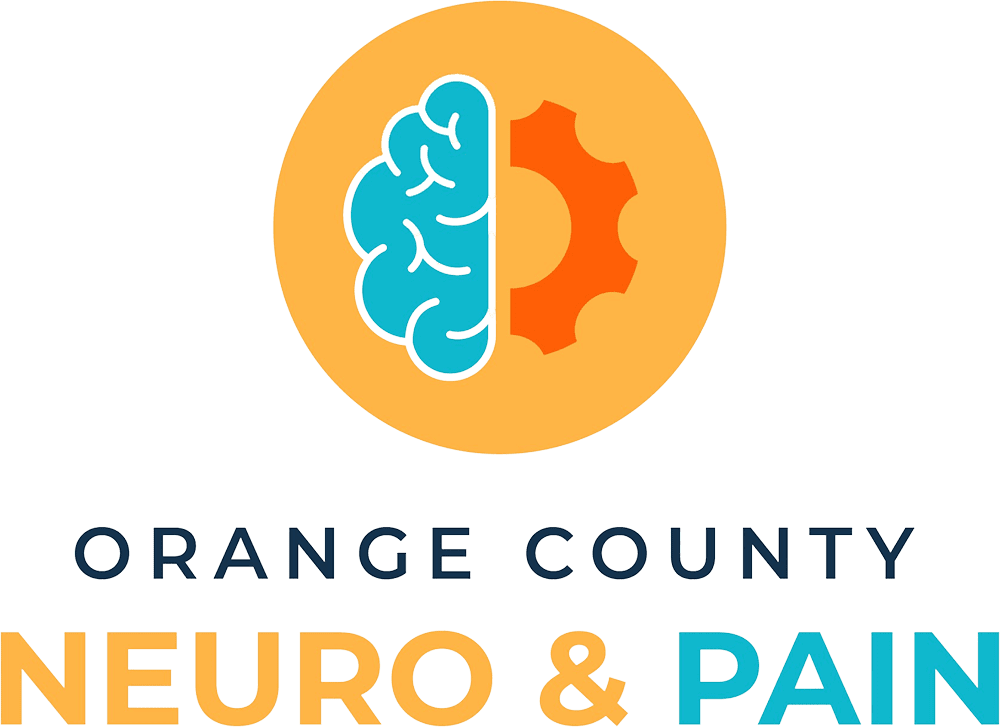

The sympathetic ganglion block targets specific nerves in the body to relieve pain. Patients suffering from a range of conditions may benefit from this treatment.
How a Sympathetic Ganglion Block Works
Sympathetic ganglion blocks target the sympathetic nervous system, which controls many of the body’s automatic functions, including the “fight or flight” response. This system also plays a role in pain transmission. Sympathetic ganglion blocks can be used to interrupt the signals that cause chronic pain and provide relief. These injections are most commonly used to treat pain in the lower extremities, such as complex regional pain syndrome, but they can also be used to treat pain in the abdomen, pelvis, and head.
Who Benefits From a Sympathetic Ganglion Block?
This type of nerve block can be used to treat a variety of circulatory issues, pain, and nerve injuries, including:
- Complex regional pain syndrome
- Phantom limb pain
- Postherpetic neuralgia
- Peripheral vascular (artery) disease
- Chronic post-surgical pain
- Hyperhidrosis
- Scleroderma
- Raynaud’s syndrome
- Cluster headaches
- Orofacial pain
- Intractable angina
- Ménière’s disease
- Refractory cardiac arrhythmias
- Atypical chest pain
- Post-traumatic stress disorder
- Chronic stomach pain

It’s important to understand that while a sympathetic ganglion block can be effective in relieving pain, it is not a cure. The injections may need to be repeated periodically to maintain their effects, and patients may need to use other treatments such as physical therapy or medication to manage their pain over the long term. Dr. Alireza Bozorgi takes a multidisciplinary approach when treating pain and creates a customized treatment plan that may involve multiple therapies.
What to Expect During The Procedure
The procedure for a sympathetic ganglion block is fairly straightforward. The physician will identify the specific nerves responsible for the pain and use a local anesthetic to numb the skin and tissues around the injection site. They will then use imaging techniques to guide the needle to the nerves and inject a mixture of anesthetic and steroid medication. The patient may feel some pressure or discomfort during the injection, but the procedure is generally well-tolerated and takes only a few minutes.
After The Procedure
A sympathetic nerve block is a relatively low-risk procedure, and patients can typically leave the facility after the procedure and resume their regular activities after a day of rest. However, if they were given IV sedation, it’s best to arrange for someone to drive them home.
After the sympathetic block, patients may experience temporary discomfort, warmth, or weakness. If the stellate ganglion was blocked, patients may experience temporary voice changes, eyelid drooping, or difficulty swallowing. It’s important to be cautious with eating and drinking until swallowing is back to normal.
Potential Risks And Side Effects
The sympathetic ganglion block is generally safe and well-tolerated with few risks. Side effects of the procedure include bruising or soreness at the injection site, watery eyes, nasal stuffiness, hoarse voice, red or “bloodshot” eyes, drooping eyelids, difficulty swallowing, feeling a lump in the throat, and warmth or tingling in your arm or hand. Serious and rare complications include infection, nerve damage, thyroid injury, and bleeding from a vascular puncture. Obtaining treatment from an experienced physician will greatly reduce the risks of the procedure.

